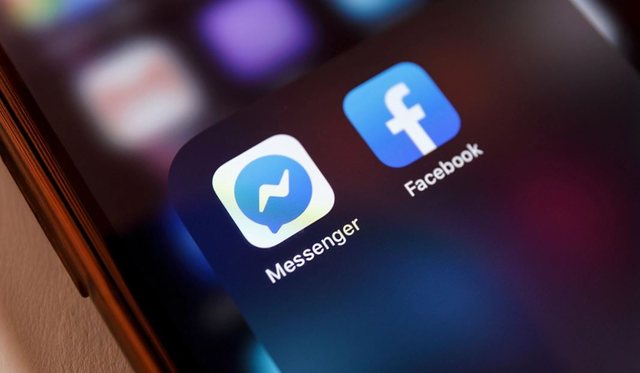
The history of the "Like" button, Facebook did not invent it - but it quickly conquered the internet


The internet wouldn't be the same today without the famous "Like" button - a thumbs-up sign that Facebook and other platforms have transformed into the digital equivalent of recognition, support and often addiction.
The button, which has long gone beyond the scope of a simple click, has become a kind of symbol of the modern era and communication, reports the Telegraph.
This icon is responsible for a true revolution in the way people express emotions and interact online.
It is now discussed in detail in a new book called “Like: The Button That Changed the World,” in which authors Martin Reeves and Bob Goodson reveal how a simple button became a global phenomenon.
The inspiration for the thumbs up (and thumbs down) dates back to Roman times, when the audience at the Colosseum expressed their opinion on the fate of gladiators.
This gesture returned to the focus of popular culture thanks to the 2000 film "Gladiator," and entered everyday life through the character of the Fonz from the series "Happy Days," who gave a sign of approval to everything he liked.
However, a key role in modernizing that symbol was played by Bob Goodson, then an employee at Yelp. On May 18, 2005, he drew a sketch of a thumbs up and down as an idea for a restaurant rating.
Although Yelp rejected his proposal, Goodson later joined forces with Reeves to investigate the symbol's genesis.
Facebook didn't create the "Like" button, although it was the network that launched it. The idea has been developed for years among Silicon Valley pioneers — from Twitter co-founder Biz Stone to PayPal founder Max Levchin and Gmail creator Paul Buchheit.
Everyone has been experimenting with ways to motivate users to publish free content.
Although Facebook engineers had been developing the idea of a "Like" button since 2007, founder Mark Zuckerberg was against it, considering it an insignificant addition.
However, competing network FriendFeed – founded by Buchheit and current OpenAI president Bret Taylor – had no such doubts and introduced its own version in October 2007.
Facebook soon acquired FriendFeed and on February 9, 2009, finally introduced the “Like” button. The initial proposal was to call the button “Awesome,” but it was rejected as redundant.
After its introduction, “Like” became a tool for collecting data on users’ interests, which brought the company billions through targeted advertising.
Meta Platforms, Facebook's new name from 2021, earned more than $165 billion last year from advertising alone.
In 2016, Facebook introduced additional reactions – “Love”, “Haha”, “Wow”, “Sad” and “Angry” – prioritizing the digital expression of emotions.
But along with all its benefits, the “Like” button also opened a Pandora’s box. Psychologists warn of growing problems among young people, whose self-confidence often depends on the number of “likes”.
Narcissists thrive on positive feedback, while those who don't receive enough recognition often suffer from feelings of inferiority.
Reeves admits that the negative consequences were unplanned, but also inevitable: "If we can't even predict the good sides of technological innovation, then how can we predict the side effects?"
However, the authors believe that the “Like” button touched on something deeply human – the primal need for belonging and affirmation.
"You can't easily get enough of the feeling of being liked and the need to show it to others. It's the result of 100,000 years of evolution," Reeves concluded.
Thus, a humble digital gesture became the universal language of the internet – a blessing and a curse of the digital age.
Happening now...

83 mandates are not immunity for Rama's friends
ideas
top
Alfa recipes
TRENDING 
services
- POLICE129
- STREET POLICE126
- AMBULANCE112
- FIREFIGHTER128



























